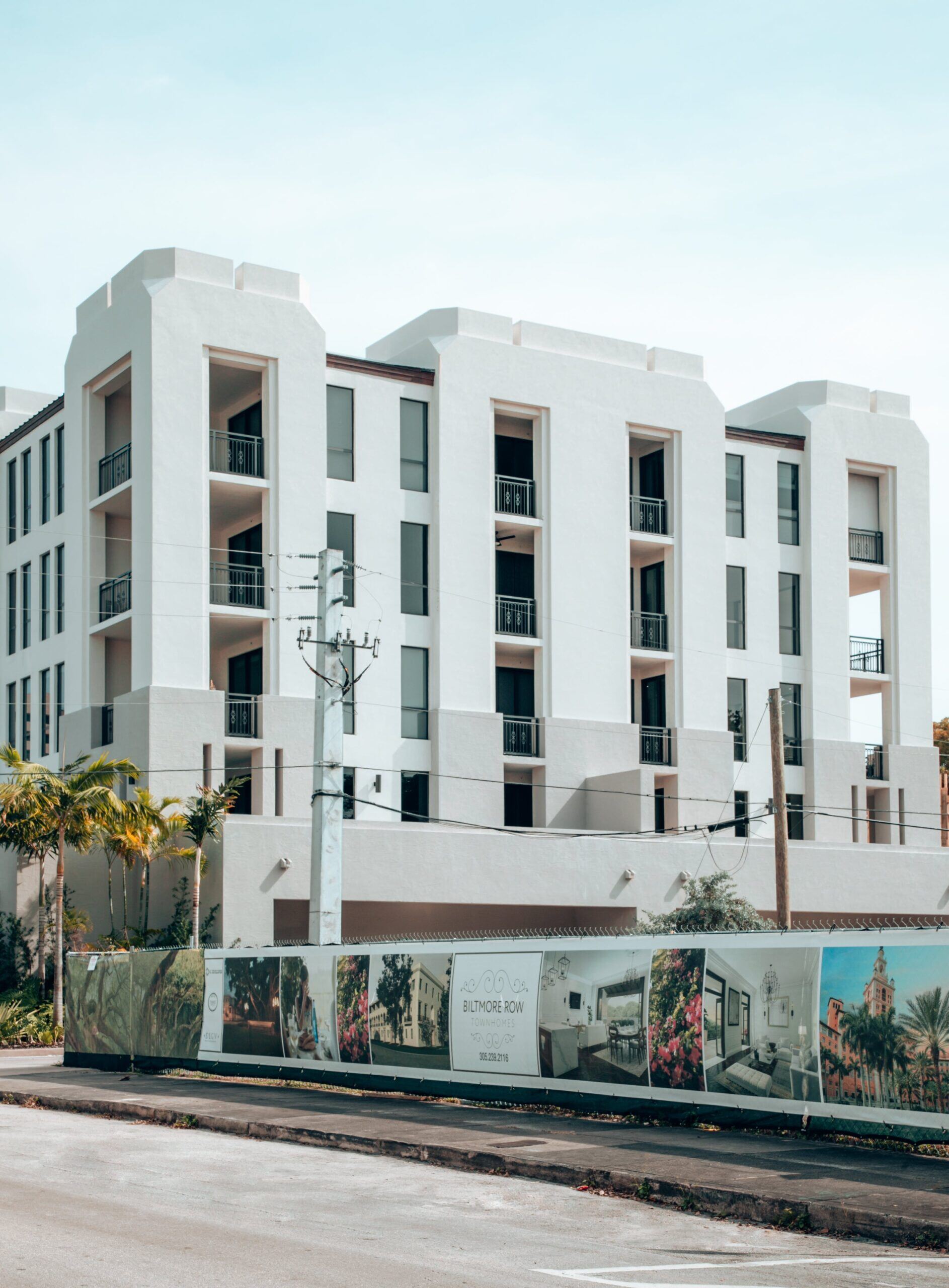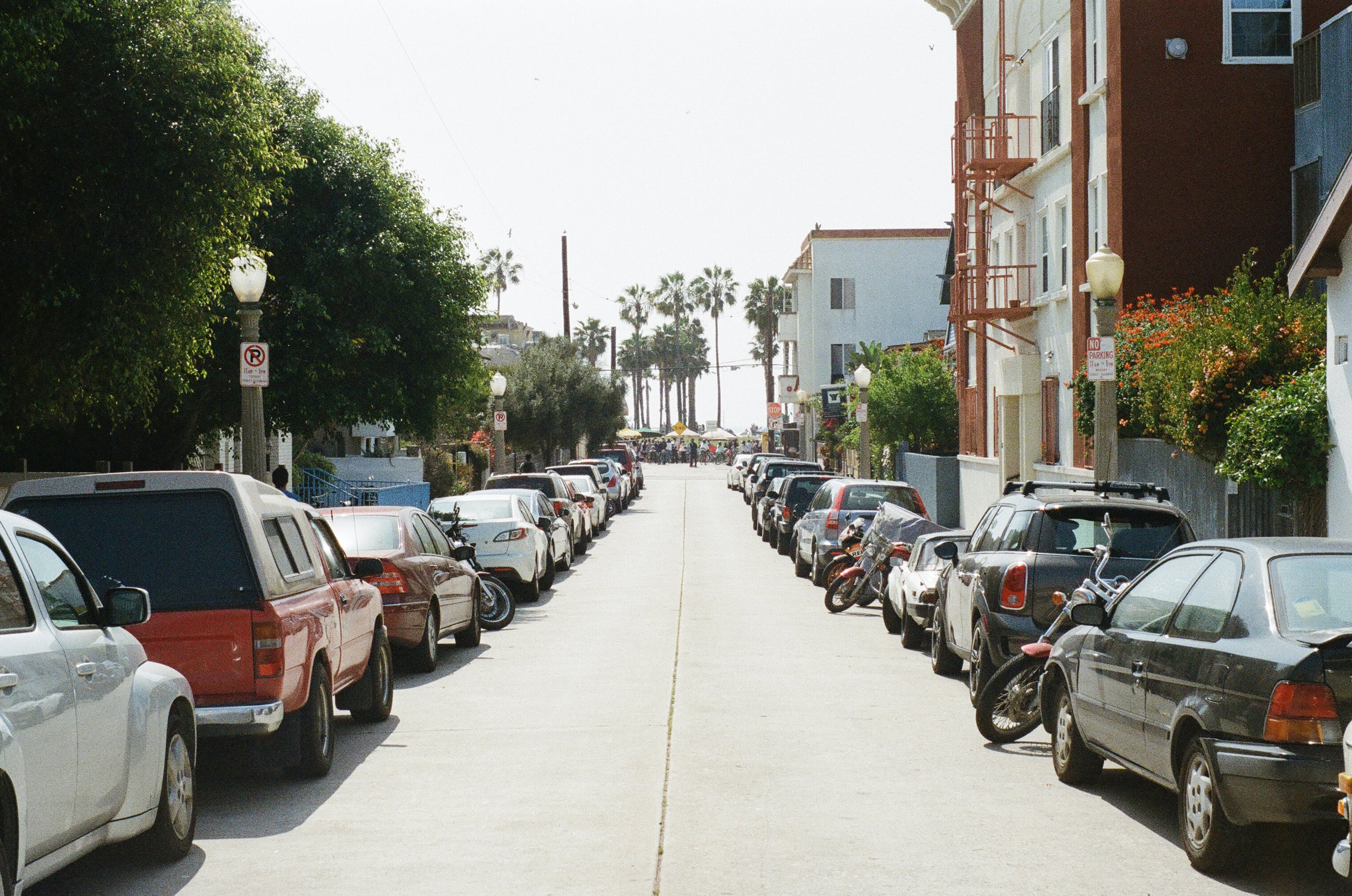What California’s Traffic Problem Teaches Us About Parking
Everyone once in a while the government gets something right. Living in Los Angeles, I frequently embark on perhaps one of the worst journeys known to Earth – driving to Orange County. While just 45 miles, it’s a drive that can take as little as 35 minutes or as long as three hours to complete, depending on the traffic gods. That’s why people in Southern California always measure driving in minutes instead of miles.
Normally, I am not a huge fan of California transportation projects, which feel like they’re accomplished with the same level of skill as a one-legged cat trying to bury its turd in a frozen pond. In 2018, the Orange County Transit Authority started a $2.16 billion (yeah…billion with a “B”) project to add two toll/HOV lanes from northern Orange County to near the John Wayne Airport. It opened on December 1, 2023.
Despite the fact that this project took nearly six years and cost more than the annual GDP of 15% of the countries on the planet, they nailed it. I recently drove it for the first time, and I arrived at my destination 34 minutes sooner than the estimate from my navigation software. These new lanes are available to EV vehicles with an approved sticker, vehicles with 3+ passengers and those willing to pay a toll, which can be as much as $5.00, depending on the time of day.
As I entered the toll lane, traffic was at a complete stop across the rest of the highway. While cruising down the 405 at a speed I won’t mention as I invoke my 5th Amendment right against self-incrimination, I was happy to have the option to spend five bucks and get an extra half hour of productivity that day. Unlike other toll roads on the East Coast (my mind wanders to Tony Soprano grabbing his ticket while entering the New Jersey Turnpike…”woke up this morning, got myself a gun…” Try getting that song out of your head now.), this option was not done to the drivers but for the drivers.
If you don’t want to spend the money to save a few minutes – you don’t have to. You are no worse off than you were yesterday. It puts the power in the hands of the consumer and enables the consumer to prioritize cost versus time, spending a few dollars for a convenience that is important to them. Handing over control and giving them that ability makes a big difference in how consumers perceive a cost. It’s a feeling that multifamily needs to grant its residents.
All of this got me thinking about parking challenges in multifamily and how to address them. There are several solutions that exist today that shift the burden of too little parking to the residents. A mandatory, monthly fee is typically imposed that forces all residents to solve a problem they may not believe they have. Moreover, these fees often feel like additional rent. In today’s markets, if you can capture $5-$25 per month in parking fees, you would rather 100% of those fees drop to your NOI as opposed to the majority going to a parking vendor.
To solve under-parking in a consumer-oriented way, the cure can’t be more painful than the disease. The right solution will put the choice in the hands of the residents without burdening them or the property with a mandatory monthly fee. This is the key to alleviating negative reviews, turnover and subsequent increased marketing costs associated with under-parked communities. There are already numerous industries, such as banks and airlines, trying to make money off fees and the fatigue is setting in for consumers. Rather than impose a fee on residents for something they may or may not want, follow the guidance of the great philosopher Robert Matthew Van Winkle (AKA Vanilla Ice) who said, “If there was a problem, yo, I’ll solve it” by enabling your residents to address parking how and when they want to and without feeling like the owners increased their rent.


